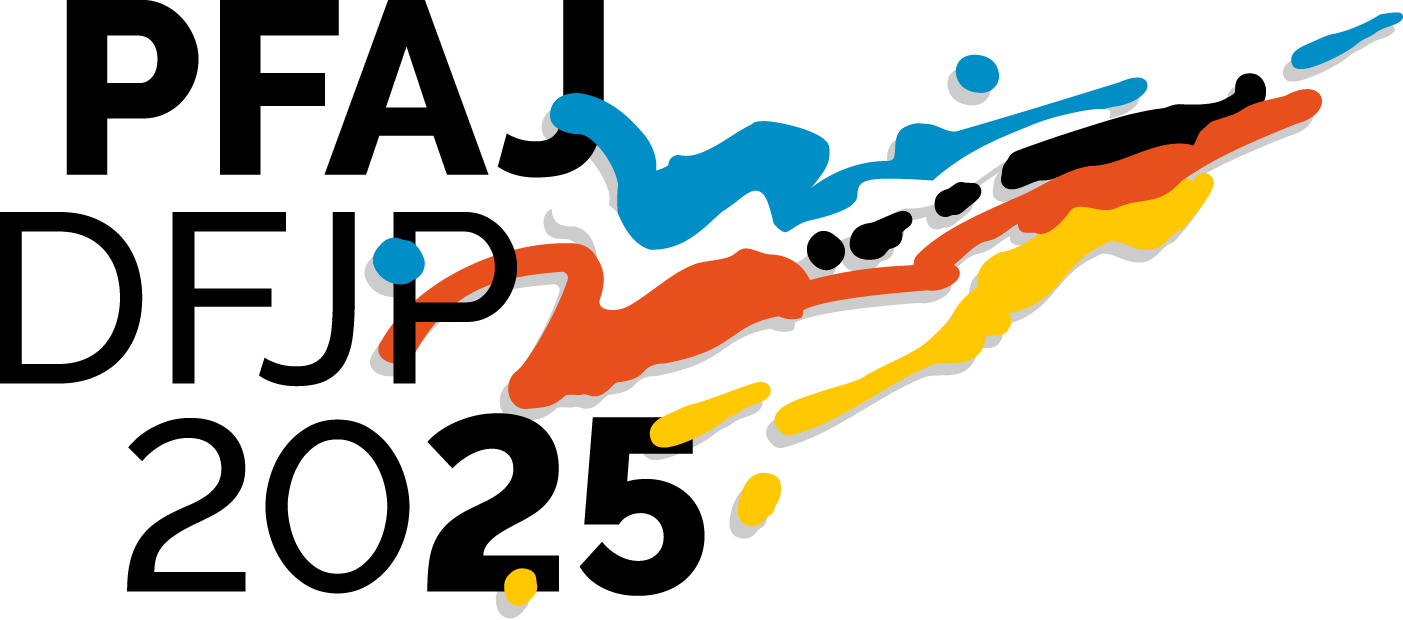Project Description
Prize Winners 2015
Media Prize
Cartooning for Peace / Dessins pour la paix
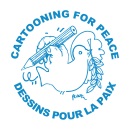
Cartooning for Peace
“Cartooning for Peace” is an international association of press cartoonists and organizes a great number of exhibitions and dialogue events worldwide. The Franco-German Media Prize is especially awarded to honour its engagement for press freedom and respect for dissenters. With their sharpened pens, the caricaturists of “Cartooning for Peace” underline that respect for human dignity is a universal right, irrespective of religious affiliations and other cultural differences. Awarding the Franco-German Media Prize to “Cartooning for Peace” is also meant as a signal and encouragement to all journalists and cartoonists to not give in to intimidation.
Special Prize
Raif Badawi

Raif Badawi (Ⓒ private)
The members of the Franco-German Journalism Prize have decided to award an extraordinary Special Prize to the Saudi-Arabian blogger Raif Badawi this year. In this manner, they hope to support the worldwide campaign for the release of the 31-year-old internet activist, sentenced to ten years of prison, 1,000 lashes and a fine of € 200,000 because he called for a more liberal society. Badawi only survived the execution of the first 50 lashes with the severest injuries.
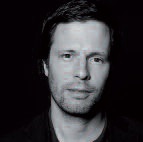
Andreas Pichler (Ⓒ private)
The Video Prize goes to Andreas Pichler for “Sell-out Europe”.
The documentary captivates with its controversial and so far largely neglected subject, and its playful and personal approach. The South Tyrolean author tells his story with powerful pictures and remarkable examples. The film concerns all Europeans and makes the audience think.
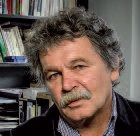
Hans Woller (Ⓒ private)
The Audio Prize is awarded to Hans Woller’s “Tea Party in France”, broadcast by Deutschlandfunk.
The feature takes a disturbing look at the deepening fissures in French society, taking gay marriage as a symbol of growing division. It shows the whole bandwidth of the discussion and thus gives listeners an opportunity to engage with all the conflict’s actors and facets and examine their own values.
Text Contribution Category
Ina Henrichs
Wo geht’s hier nach Frankreich?
Wo geht’s hier nach Frankreich?
Magazin des Kölner Stadt-Anzeigers

Ina Henrichs (Ⓒ private)
The prize in the Text Contribution category is awarded to Ina Henrichs for her article “Which Way to France?” in the magazine of the Kölner Stadt-Anzeiger.
Cleverly and cliché-free, the author portrays French natives who love Germany and live there. In contrast to the conventional reporting, she finds an approach that is little known so far and also very reader-friendly with its fresh writing style – a welcome change from the current toxic interjections painting a distorted picture of Franco-German relations.
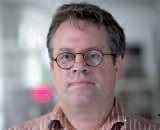
Marcus-Bensmann (Ⓒ private)

David-Crawford (Ⓒ private)
In the Multimedia category, the prize goes to Marcus Bensmann and Davis Crawford for their online presentation “mh17.correctiv.org”.
Their time-consuming research has helped the authors succeed in reconstructing the putative shooting down of the passenger plane. They compared and verified the evidence provided from various sources with the facts at the site. Multimedia elements are meaningfully used to plausibly tell an interesting story.
Young Talent Prize donated by the Franco-German Youth Office
Änne Seidel / Markus Dichmann
Wo Bilder von Freund und Feind verschwimmen
Deutschlandfunk

Änne Seidel (Ⓒ DLR/Bettina Fürst-Fastré)
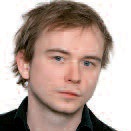
Markus Dichmann (Ⓒ DLR/Bettina Fürst-Fastré)
The Young Talent Prize donated by the Franco-German Youth Office is awarded to Änne Seidel and Markus Dichmann for “Where Friendly and Hostile Images Blur”, broadcast by Deutschlandfunk.
With its dense and in-depth content, the reportage shows all facets of Jewish Life in Alsace in a lively and refreshing manner. The look into the long history of Jews in the region meanwhile serves as a foil for examining the difficult present. Thanks to their thorough research, the authors succeed in providing a spot-on report without clichés.
